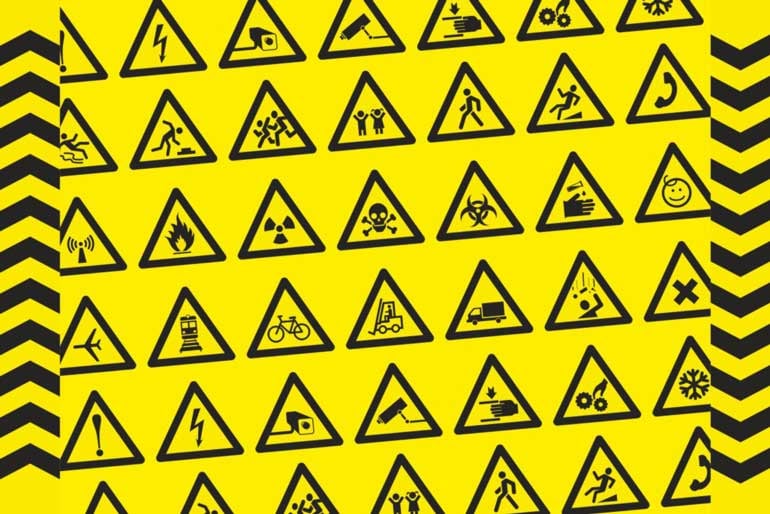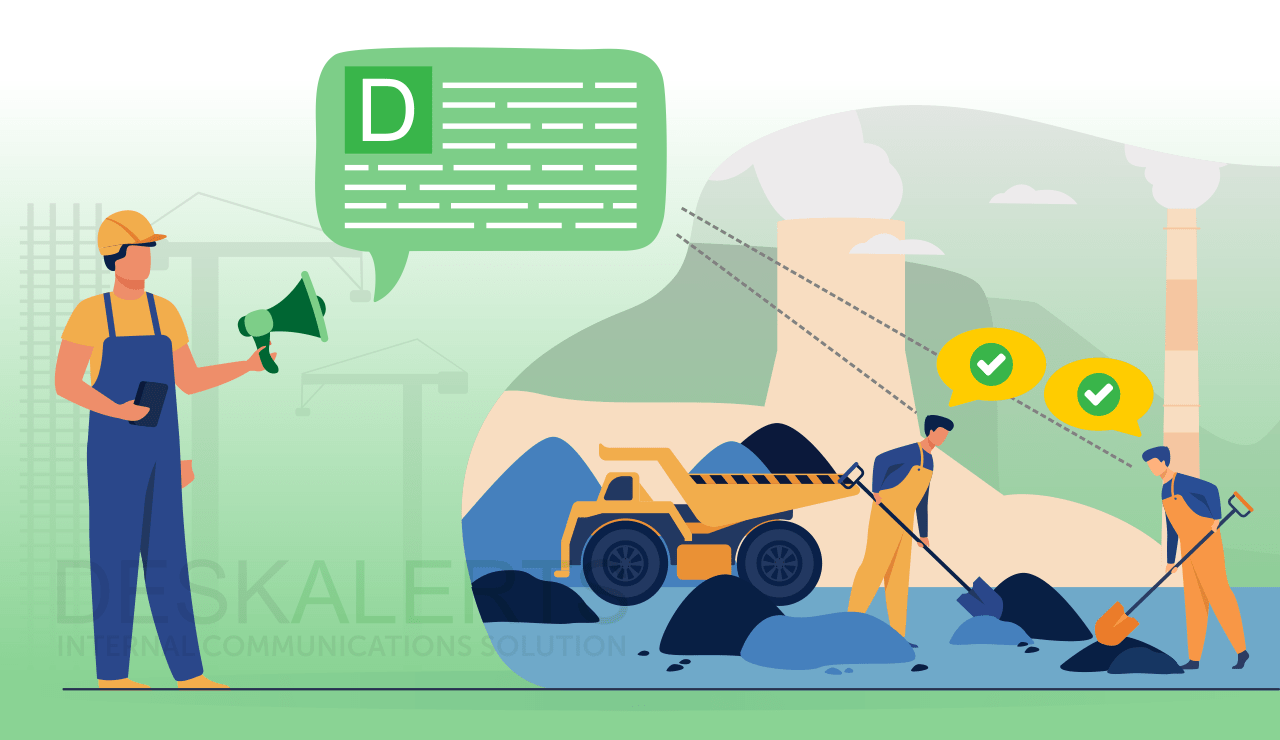You don’t need to have employees operating dangerous and/or heavy machinery or working at great heights to put their own safety at risk – there are issues that can arise in any industry, in any workplace setting.

As an employer you have a legal and moral obligation to provide safe working conditions to your employees. In return, your employees also have an obligation to follow safe working practices and to report any risks or hazards that they identify in the workplace.
Once hazards and risks have been identified they need to be assessed and controlled.
These are some of the most common issues found in workplaces. You can use DeskAlerts to raise awareness of these issues and teach your employees how to avoid them.
- Clutter that blocks fire exits, aisles and emergency exits meaning that if you have to evacuate in a hurry, your employees will not be able to do so safely.
- Safety equipment not used or faulty – different jobs have different requirements and may need safety equipment such as hardhats, face masks, earmuffs, safety goggles etc to be worn. Sometimes these are not available at all, or may be broken or not fit an employee correctly, rendering them useless.
- Exposure to chemicals. Health hazards can arise when employees are exposed to fumes, gases, liquids, solids, dust, corrosives and vapors from any chemicals used in your business. You don’t have to be working in a scientific lab or manufacturing concern for chemicals to be a problem either… they can be found in many work environments, and chemical exposure can come from things like pest control and cleaning products.
- Slippery floors. Your marble lobby or the concrete floors of your retail shop could become slippery when wet. This might be an accidental spill, or after the floors have been mopped.
- Tripping hazards. No matter what work environment you operate in, work areas should be free from obstacles and tripping hazards, including cords, boxes and other items that get in peoples’ way.
- Overuse of extension cords. If you have extension cord plugged in to extension cord (sometimes known as ‘daisy chaining”) or have many outlets with multiple power strips, you may be creating a situation where employees could suffer electric shocks or even electrocution.
- Repetitive use injuries. When the same actions are repeated throughout the day, the employee is at risk of a repetitive use injury acquired to the part of the body that they are using over and over again. There should be regular and adequate breaks from the activity during the day to prevent this.
- Hazards not properly labeled. When there is a known issue – whether it's the presence of a chemical or exposed wires, you need to put up proper signage and take other measures to ensure that your employees can quickly be aware of it and can avoid contact with the hazard.
- Driving. Whether you have employees on the road all day or ones who take a company car on occasion, they need to be sober and drug free, not fatigued and drive safely and responsibly at all times.
 Caroline Duncan
Caroline Duncan







